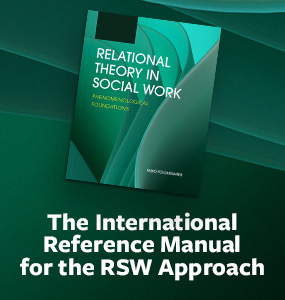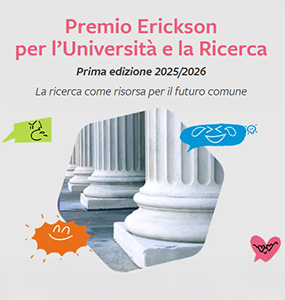To be or not to be open in everyday life: the use of impression management strategies among older LGBTQ adults
Jenny Gillingsjö, Anna Olaison, Dimitris Michailakis
The key issue in this article is to identify and interpret how older LGBTQ adults use impression management strategies in social interaction with non-LGBTQ persons in everyday life situations. The collection of data consists of 15 semi-structured interviews with older LGBTQ adults (65+) in Sweden. A reconstructive methodology for analyzing the material were used and we focused mainly on the latent meaning in the interviewee’s communication. Our findings indicate that the interviewees employed specific impression management strategies. Some of the informants disclosed their LGBTQ identity while others instead tried to conceal this part of their identity, and this depended on individuals’ openness and/or visibility. We also noted differences in using a defensive or assertive impression management strategy and differences between the older LGBTQ adults. A thorough understanding of how older LGBTQ persons deal with being LGBTQ in social interaction with non-LGBTQ persons could be useful knowledge in a practice context. By illuminating the different initial positions of older LGBTQ adults as well as their different impression management strategies in every day social interaction we hope this will be practical knowledge also in different social service settings. This could facilitate the acceptance and the inclusion of older LGBTQ persons. The findings can hopefully be useful for social service personnel to help older LGBTQ adults feel secure about disclosing their LGBTQ identities.
Keywords
Older LGBTQ adults, disclosure, concealment, impression management strategies, visibility, openness.




